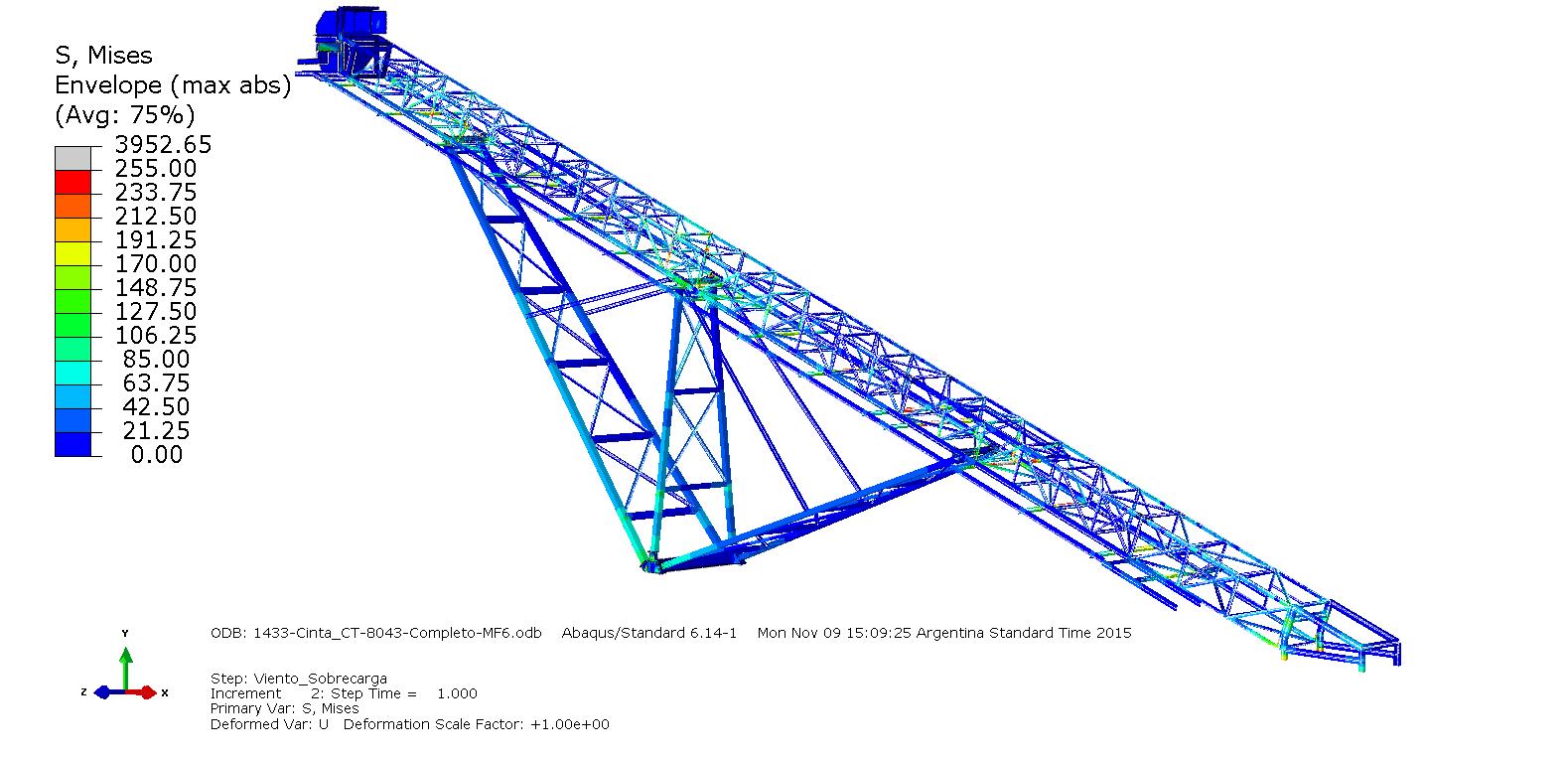Expert Analysis
This branch of the activity, also known as forensic engineering, differs from the rest because it is carried out in the context of litigation - actual or potential.
Ver mas Unlike RCA, which seeks to find all the causes, in this case, the expert analysis aims to find all the legal and technical backgrounds that favor the interests of one or many of the parties involved in a harmful accident. It shares with the other levels many of the techniques, but the interaction with other agents is added: the legal department, insurance companies involved in the accident, insurance adjusters, etc. The expert analysis additionally involves advice to management level and technical support in relevant negotiations.
Ver Menos
Root cause analysis
A RCA (Root Cause Analysis), is a more complex study, which leads to a critical engineering analysis and the definition of the root causes of an undesired event. In an iterative process, each of the different alternatives are checked, validated or discarded through research and experimental data. The process concludes with the description of all the causes for the failure. The events, circumstances and exceeded barriers which led to the failure are explicitly described. The conclusions are agreed with the technician responsible for the project.
Ver mas An RCA typically involves: â« Drawing of the cause and effect tree. â« Collection and review of background information and field data. â« Definition of the fractographic and matallographic characteristics of the failures. â« Experimental testing for the characterization of the materials, and propagation of the initiative defect (mechanical, chemical, via SEM and via EDS characterizations, etc.). â« Mechanical Modelling of the initial damage formation and the final rupture. â« Engeneering Critical Assessment (ECA) and definition of root causes. â« Specific meetings, normally defined as âbrainstormingâ.
Ver Menos
Failure analysis
This level of analysis seeks to identify all the immediate causes for the failure: exceeded barriers, conditions and events.
Ver mas : all causes of failure may have a single origin: human error. However, in terms relevant for an operating unit, it is usual to identify three types of causes which require different actions: ⢠Physical causes: composition problems in the transported fluids, defects in the composition of materials, extreme environmental conditions, etc. ⢠Human causes: improper installation, design errors, lack of implementation procedures, etc. These are closely connected to staff training and installations suitability. ⢠Latent causes: lack of procedures and lack of skills training are conditions which may increase the possibility or worsen the consequences of a potential failure. Each of these causes requires a specific analysis methodology. A failure analysis of mechanical elements usually includes: ⫠Photographs evaluation and recollection of historical and field data. ⫠Definition of fractographic and metallographic characteristics: fracture surfaces, dimensional and microstructural characterizations. ⫠Mechanical and chemical characterization of materials. ⫠Mechanical modelling of the initial damage and final rupture. ⫠Critical engineering analysis. ⫠Specific specialists meetings for the discussion of results.
Ver Menos
Condition report
All damage, defects or dissatisfaction found in a damaged piece are identified and classified with the aim of indicating the possible causes in each particular case.
Ver mas all abnormal conditions in the piece or component which might have been caused by the main event, or which might have contributed to it are reported. In this condition report, a thorough survey of all parts of interest is carried out, making a record with high-resolution images to be used for future research purposes.
Ver Menos
Immediate survey of perishable evidence
In general, the consequences of failure (spillage of fluids, combustion waste, etc.) tend to be cleared for repairing and resume operations. Within a period of 24 hours from the date of notification, our staff can come personally to the site of the event and proceed to conduct field surveys, record witnessesâ statements and select and protect samples.
Ver mas


